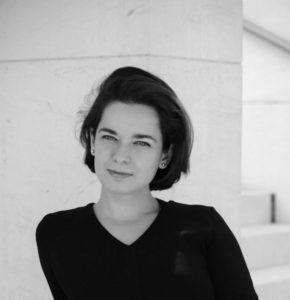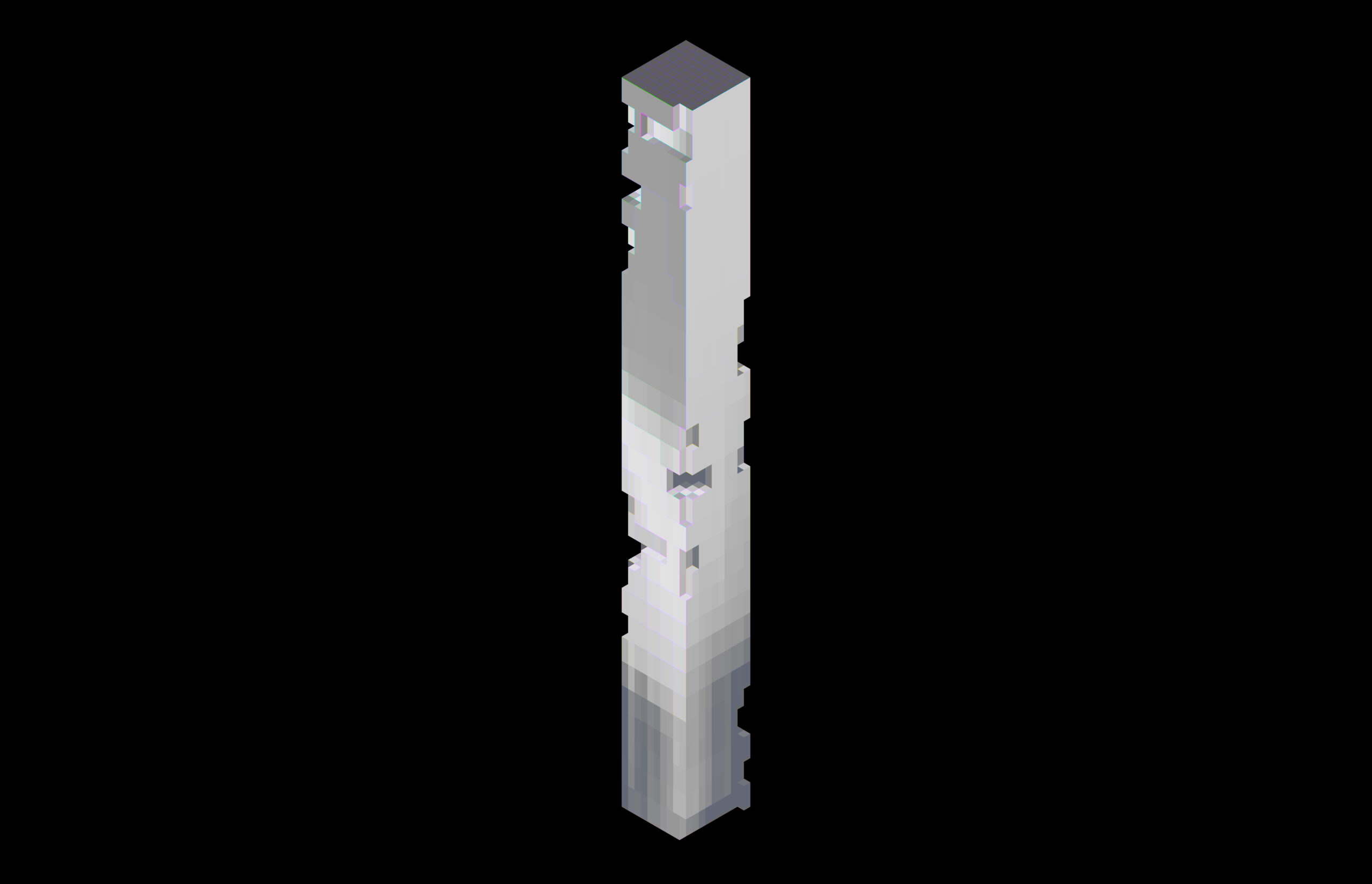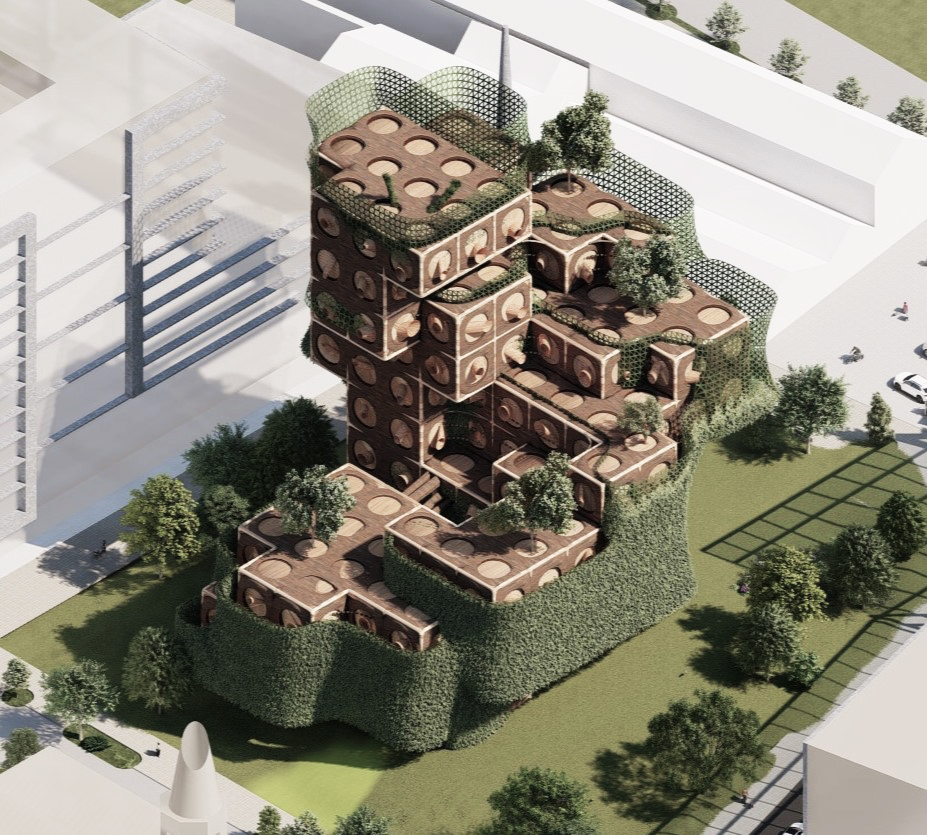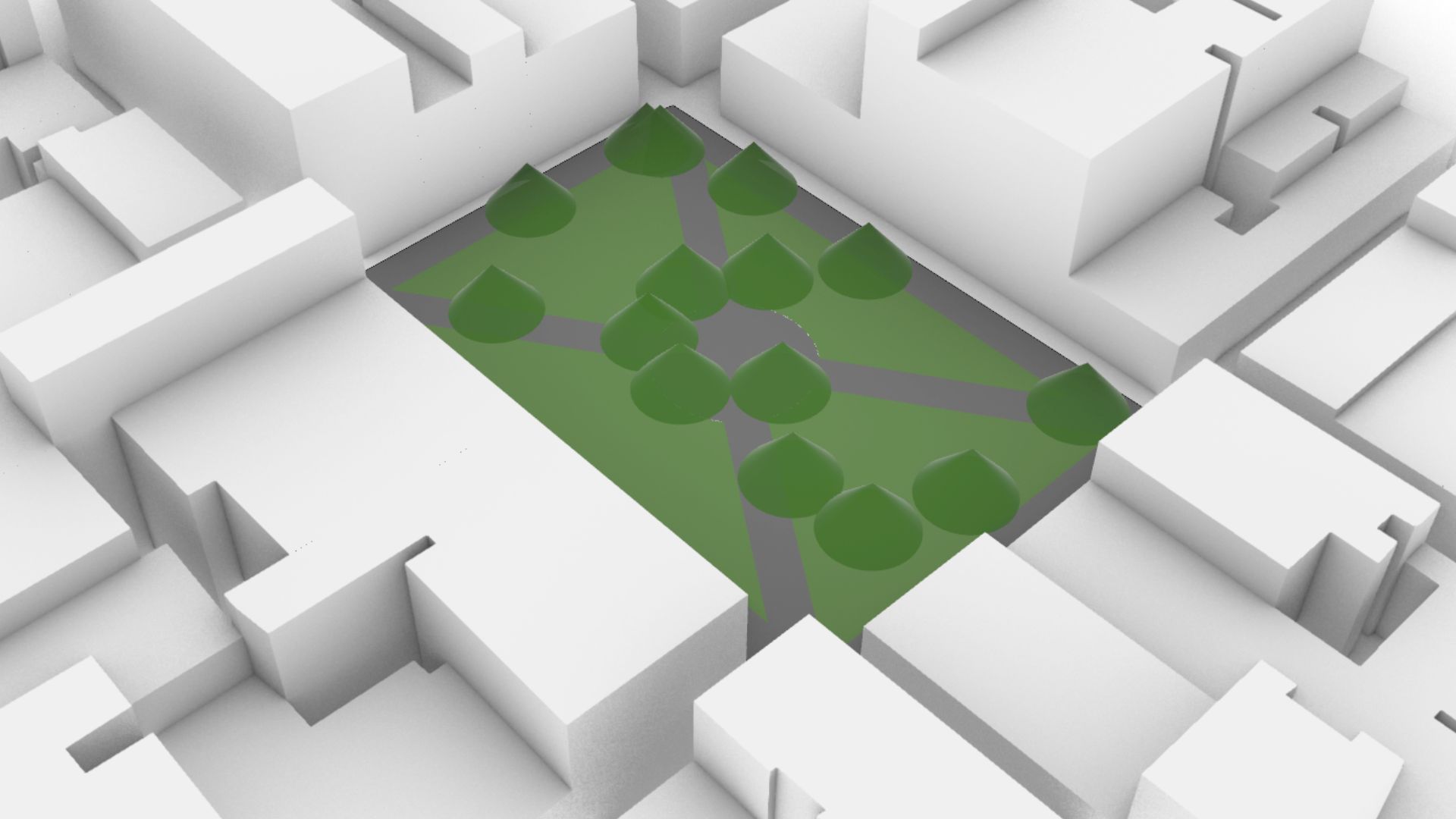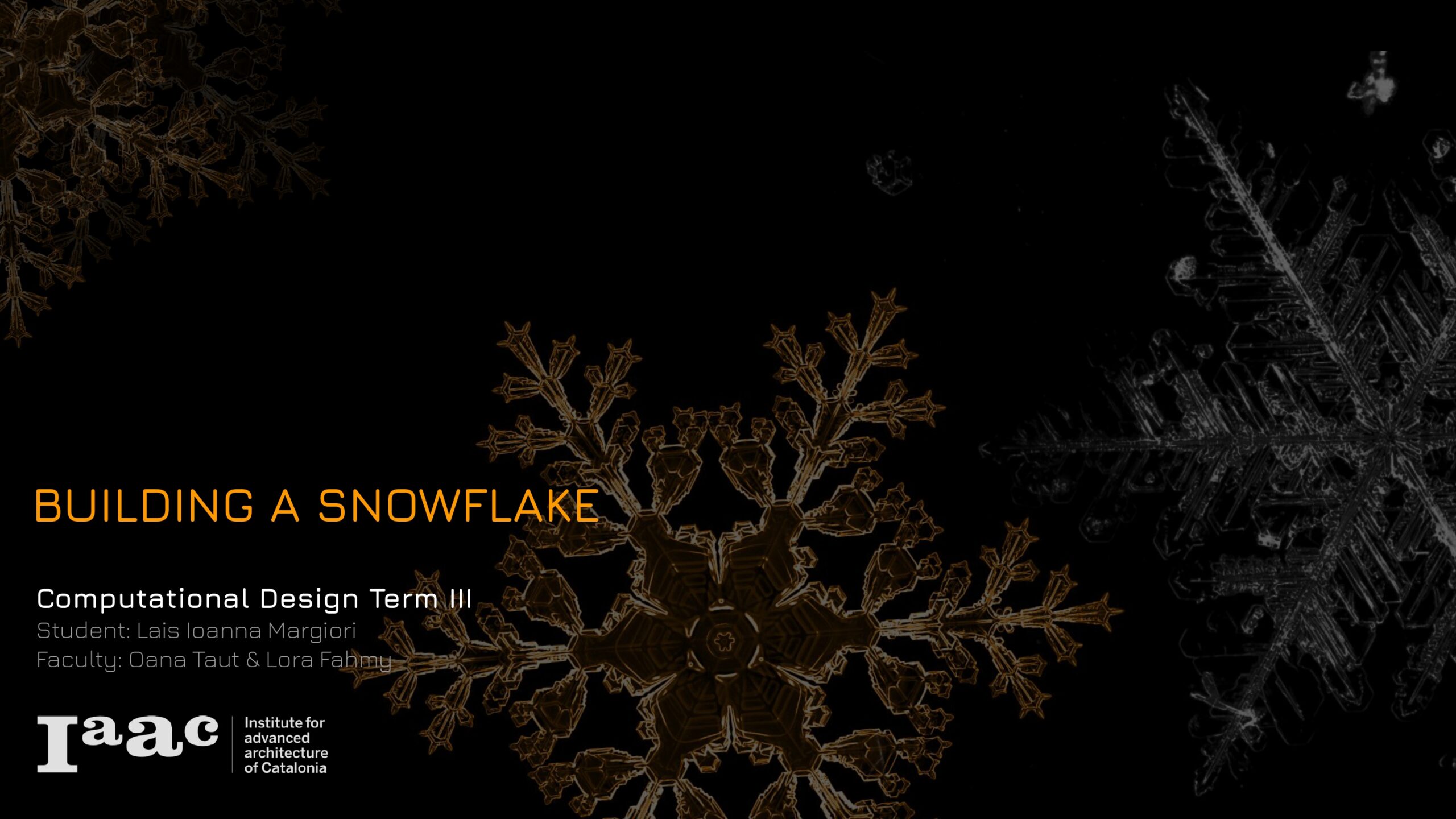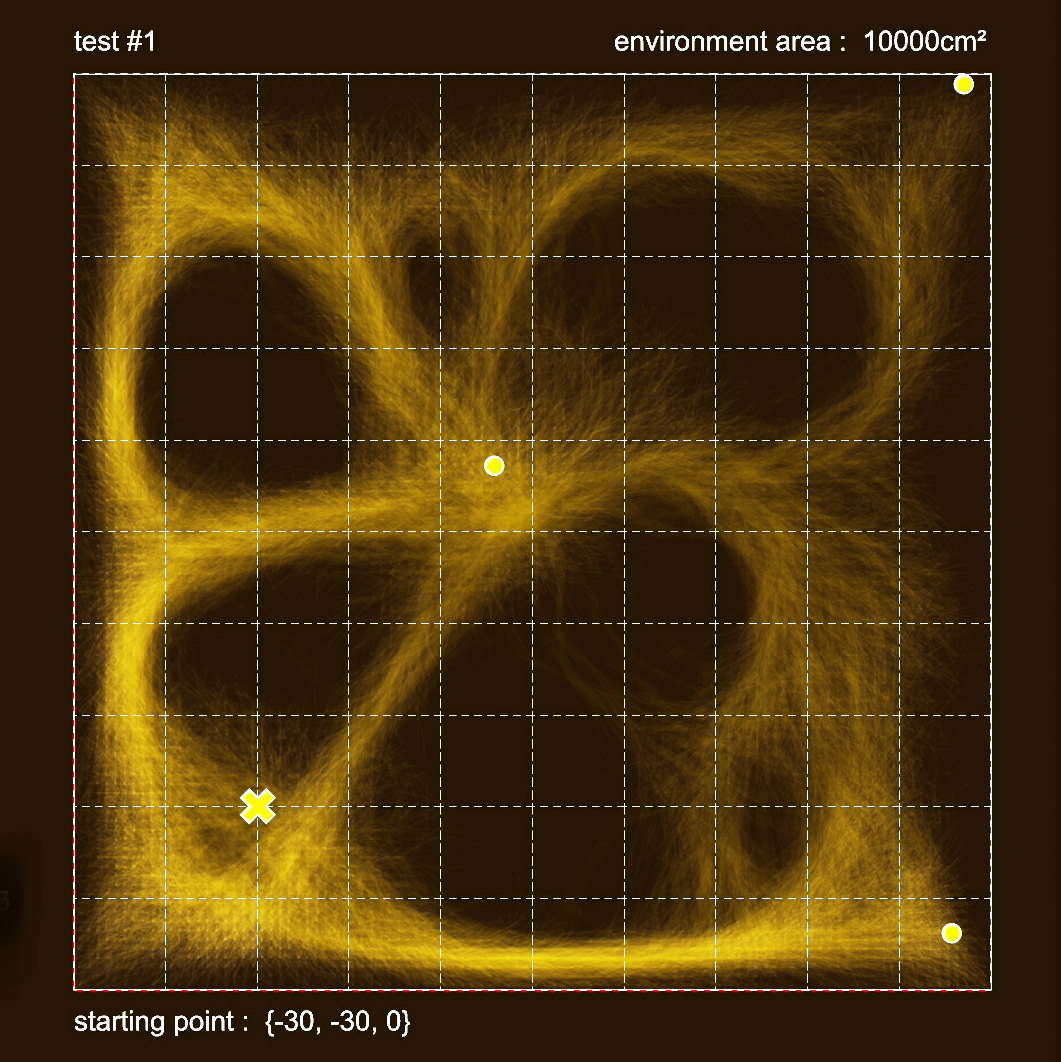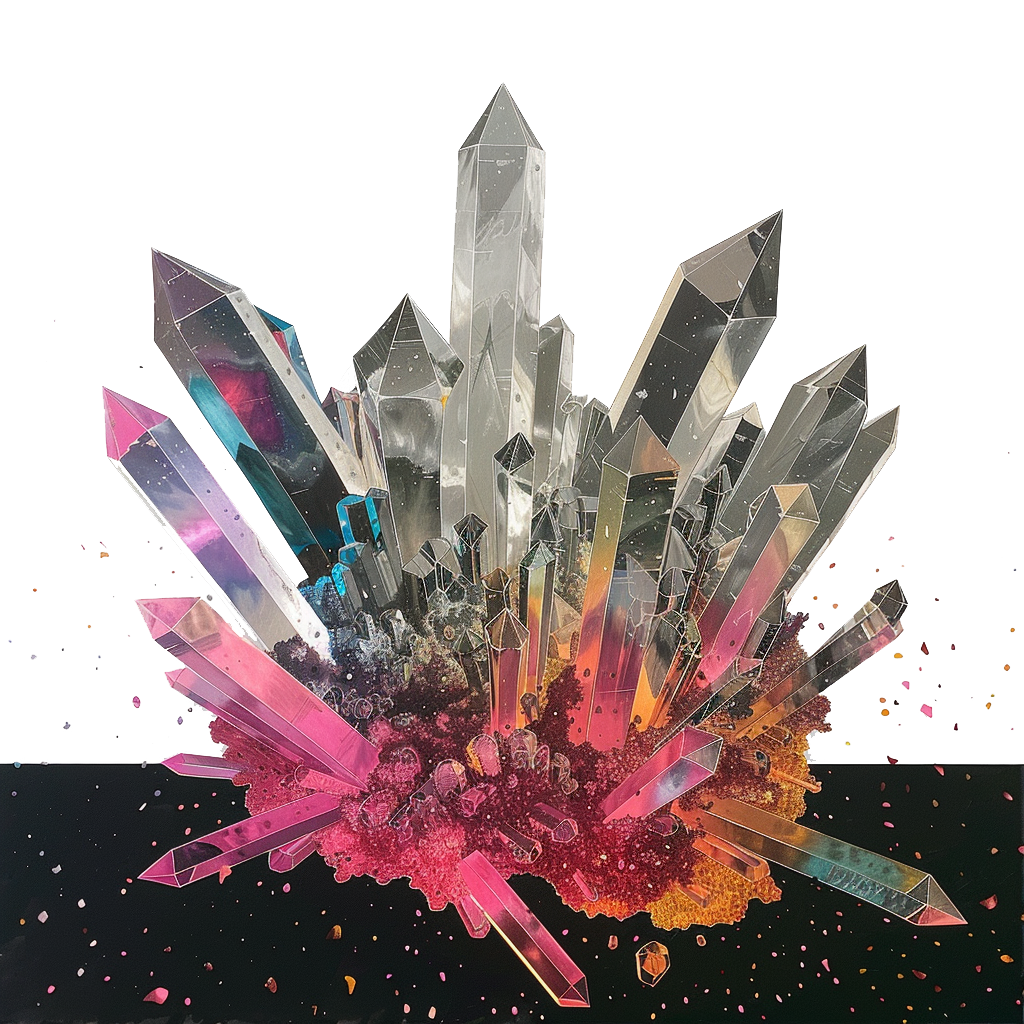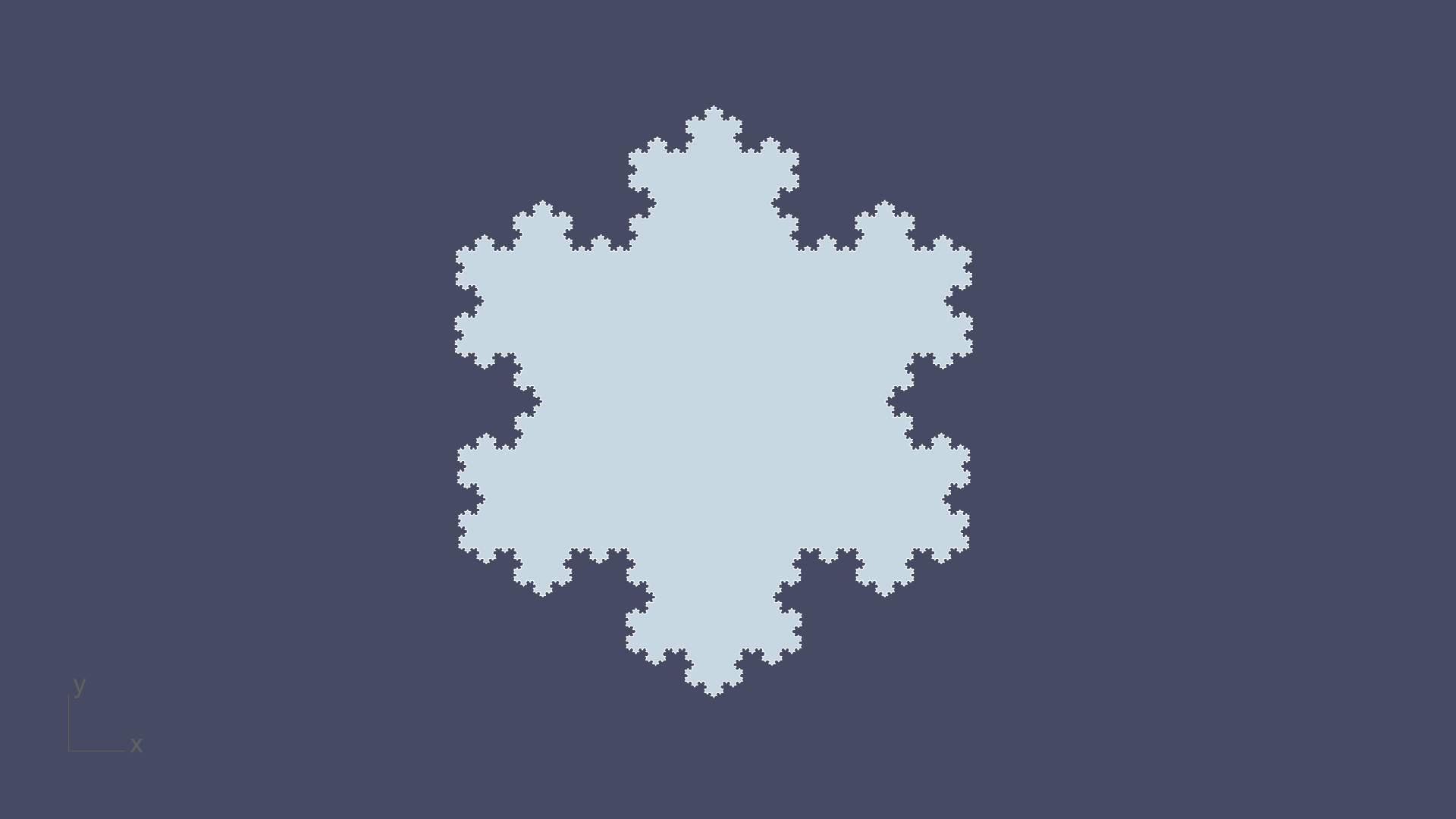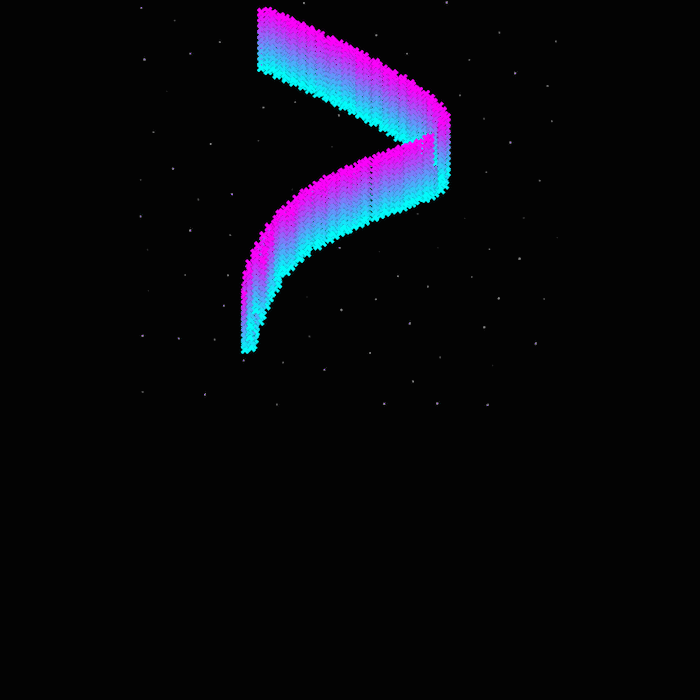In computer science, algorithms are habitually defined as fixed and often finite procedures of step-by-step instructions understood to produce something other than themselves. These logic structures interface with data, sourced from any computable phenomena, becoming the basis for a new array of design strategies. The Computational Design Seminar focuses on emergent design strategies based on algorithmic design logics. From the physical spaces of our built environment to the networked spaces of digital culture, algorithmic and computational strategies are reshaping not only design strategies, but the entire perception of Architecture and its boundaries.
Syllabus
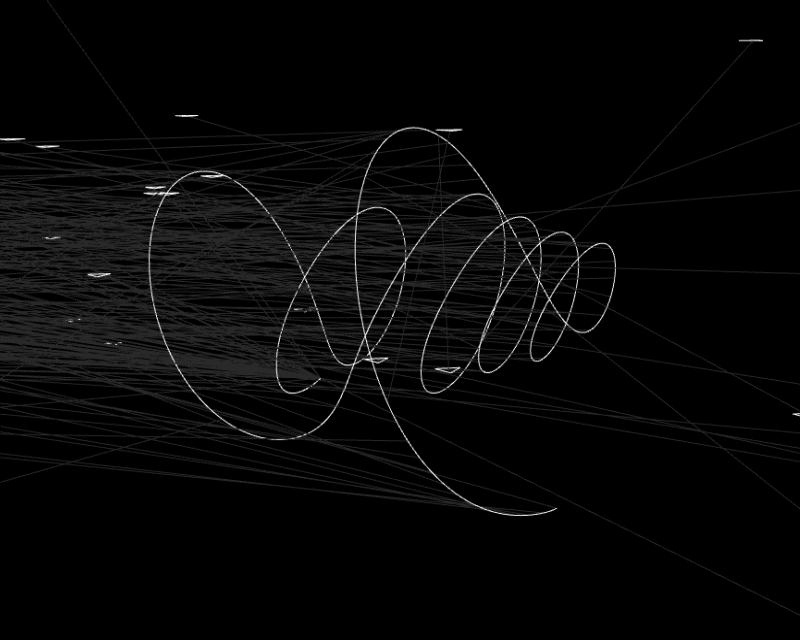
Credits: Sumer Matharu, Salvador Calgua
“If the only tool you have is a hammer, you tend to see every problem as a nail.” (Abraham Maslow)
Computational design has come a long way since the early days of being simply the tool of the parametric style. Today it is at the core of innovation in architecture and design, occupying an important role in most of the leading architecture practices. Increasingly the tools that we now use to design have the potential to expand the range of our design options, allowing us to explore performance criterias unlimited by the increased complexity. The computational design paradigm is thus expanding the creation process, from a mere singular instance of a design far beyond the three dimensional space into a virtually limitless parametric realm of different versions of the design intent, forming what we call a design space..
In this new paradigm, the role of the computational designer is to effectively transform a carefully crafted design intent into a parametric strategy, establish selection criteria and navigate the entire space of options by confronting them with analytical and simulation tools. This allows the creation of designs that are fast to adapt, and can embed insights from vast amounts of context data.
For this purpose, Grasshopper has significantly become the standard for computational design, not only within academia but across many trades and disciplines that encompass the form creation process, providing easy access to algorithmic thinking and a large ecosystem of plugins that provide easy access to a broad range of tools for advanced design. This course has the goal of teaching the fundamentals of Computational Design and algorithmic thinking through the interface of Grasshopper 3d. We go beyond teaching quick strategy for obtaining complex forms and will dive into deeply understanding the logic and principal methods with the intention of equipping you with the mental and digital tools for designing computational sequences that translate your design intent.
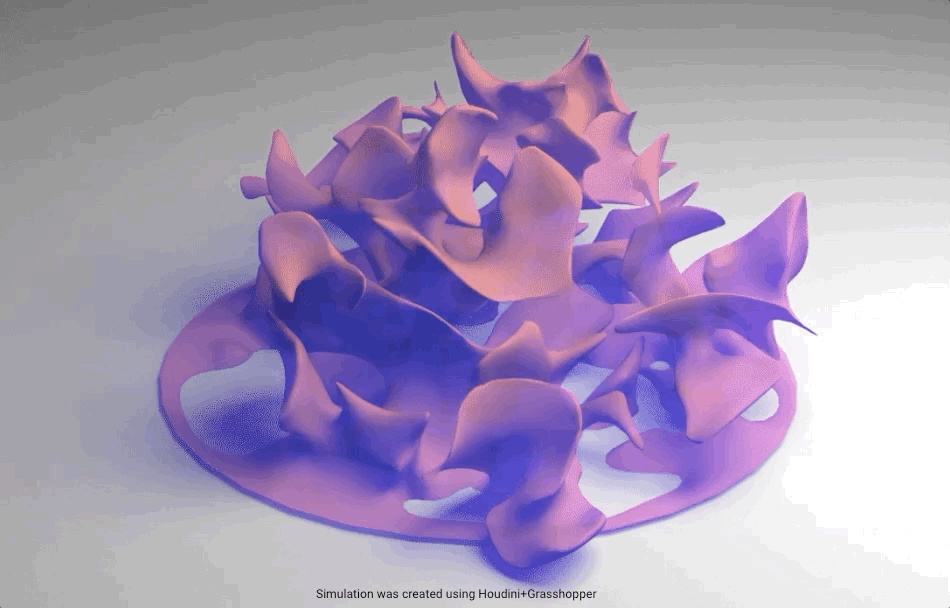
Credits: Aleksandra Jastrzebska, Felipe Romero, Hesham Shawny
Term II – Geometry and Physics
The second term of the course builds on the fundamental concepts of data management and incremental data manipulations by introducing knowledge of geometry representation and its characteristic methods for transformation. This course will be focused on algorithmic modelling of behaviour, exploring force fields, physics simulation, agent based systems, as well as an array of methods for analysis and quantification of complex characteristics.
Learning Objectives
At course completion the student will:
- Continue to develop algorithmic thinking
- Become fluent in data management and parametric modelling
- Learn the basics of 3d geometry description and representations
- Learn fundamental methods of physics simulation and iterative behaviour
- Develop research through parametric exploration
- Refine data visualisation and process animation skills
Faculty
Faculty Assistants
Projects from this course
Ultra-thin elements
The project Optimizing ultra-thin Concrete elements Spacing for Maximum Visual Access experiments the impact of ultra-thin concrete elements in a built space particularly in the realm of visual access. With the help of computational tools like ladybug Vision analysis its impact on Performance is evaluated. Spider webs are one of the best inspiration for various structural … Read more
Voronoi structure optimization
Based on natural phenomenon_ Topography of trabecular architecture Research Question _ Design an optimal Voronoi based building We can start with volume Then to see how to structure Fitness values parameters_ Building Elements Volume optimization_ (Semi) Lloyd’s Relaxation Since Lloyd’s algorithm require multiple iterations to achieve the most optimal position, a single iteration has been … Read more
Ode to a sunflower
hUB4 ARCHITECTS New Ways Of Living The new ways of living project aims to create a harmonious blend of indoor and outdoor living spaces , promoting biodiversity and enhancing residents well-being. each apartment features expansive terraces designed with planting spaces. each terrace space is shaded by the terrace above it to reduce heat gain while … Read more
Optimizing green spaces
Optimizing green spaces is a project that aims to spot potential areas (plazas) around the cities, that are “dry” spaces, meaning that are composed mainly by pavement, and transform them into green areas, to enhance the quality of life who lives around and who is walking by, taking in consideration how people occupy the space … Read more
BUILDING A SNOWFLAKE
“This project involves creating a second skin system optimized with Galapagos to reduce sunlight radiation in interior spaces. The design is inspired by snowflakes and their hexagonal molecular structure. Depending on sunlight, building facades are designed differently; panels are positioned and scaled based on radiation levels. Subsequently, a Voronoi pattern is applied to these panels, … Read more
PHY_SLIME_
slime molds a.ka. physarum Slime molds display a unique growth form characterized by efficient “hunting” behaviour and remarkable problem-solving abilities. These organisms form intricate structures for spore production, showcasing adaptive behaviours without a centralized nervous system. Their ability to solve complex problems and optimize growth patterns in order to find nutrient sources has sparked scientific … Read more
CrystalVerse
Crystallization is a process responsible for the formation of solid structures, wherein constituent atoms or molecules are systematically arranged into a highly organized lattice, constituting a crystal. This phenomenon can occur through various mechanisms, including precipitation from a supersaturated solution, solidification from a liquid state, and, less commonly, direct sublimation from a gaseous phase. The characteristics … Read more
Studies on Natural Flocking Behavior
A phenomenon in which self-propelled individuals, using only limited environmental information and simple rules, organize into an ordered motion. This ordering even occurs at two dimensions where ordering is not possible equilibrium systems. Boid Movement Different Behaviors Alignment Behavior Alignment ensures that individual agents within a flock move in a consistent direction, fostering cohesive group … Read more
Snowflake Fractal Exploration
Fractal growth refers to the development or expansion of structures or patterns in a way that exhibits self-similarity at various scales. Fractals are often characterized by intricate and complex shapes that can be created through iterative processes for efficiency and structurability. Fractal patterns assist us with research into climate change, trajectory of meteoroids, cancer research … Read more
Growth on butterfly wings.
The wings of a butterfly are membranous with veins running longitudinally from the base (where the wings are attached to the thorax) to the outer margins of the wings. The pattern and arrangement of these veins (wing venation) is an important diagnostic tool in the identification of butterflies. It is therefore important to understand the … Read more
AURORA BOREALIS // NORTHERN LIGHTS – A STIMULI
The project aims to simlulate & understand the behaviour behind the Northern Lights – Aurora Borealis. It is an attempt to explore magnetic fields within a domain of charges, strength & decay. The project develops further into simulating the phenomena via means of particle behavior in the Earth’s Atmosphere, dissipating a gradient of colors as … Read more
Fractalization of Tree Branching
Fractals are commonly found within nature. They are self-similar structures, where one aspect of the fractal is identical to the rest. This allows it to be scaled up or down while fitting within itself. Within trees, fractalization is found in the way the branches are grown from each other, always yielding smaller and smaller versions … Read more

